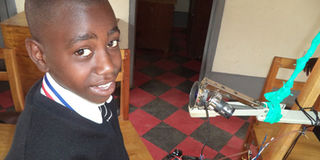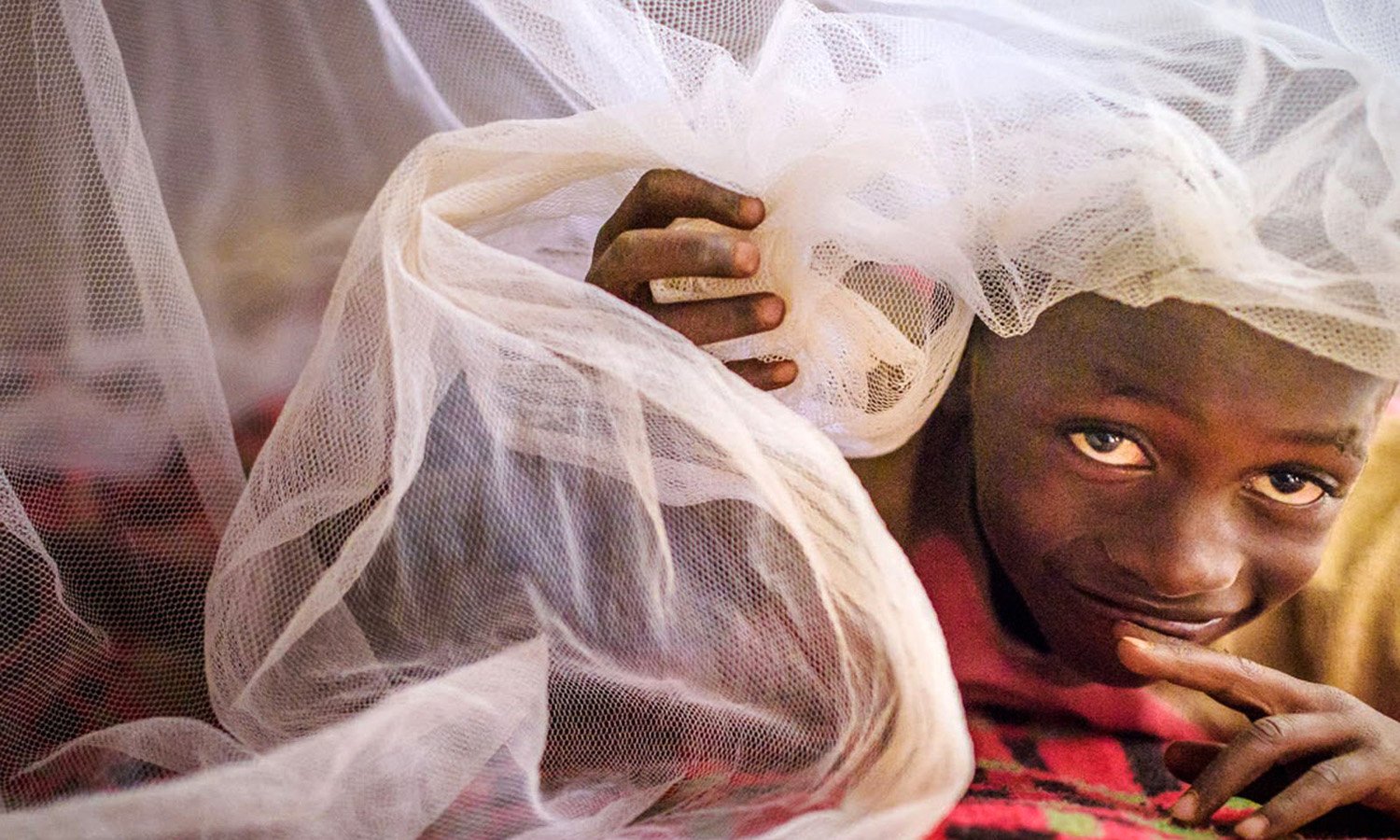12-year-old assembles radio transmitter for notes to rural pupils

Given Kayondo demonstrates how Edu FM radio operates recently. The transmitter can so far broadcast to a one kilometre radius. Photo by Zadock Amanyisa
What you need to know:
- Despite the hurdles that come with innovation in an African setting, the Primary Seven pupil has built a radio transmitter as a solution to the poor performance of schools in rural areas in Bushenyi District.
At 12 years of age, Given Kayondo, a Primary Seven pupil of Parental Care Nursery and Primary School, Bushenyi has built a radio transmitter called Edu FM Radio (Education FM).
The innovation is aimed at helping fellow pupils in the rural areas listen to class sessions from well-to-do schools in the urban centre. By this, Kayondo hopes rural pupils will access good quality education and pass examinations.
A resident of Katunga, Kakanju Sub-county in Bushenyi District, Kayondo says he conceived the idea at the beginning of the year after 2016 Primary Leaving Examination results were released and he realised that schools in the rural areas did not perform well, a challenge that troubled him. “I saw how fellow pupils in rural areas had performed poorly. I thought of how best they could be helped,” says Kayondo.
Among some of the problems the 12-year-old realised were causing pupils in rural areas to fail, were teachers dodging lessons, failing to complete the syllabus and lack of instructional materials.
Kayondo then searched what one needs to make a radio transmitter on YouTube using his sister’s phone and followed the instructions as he put down notes.
He sold his idea to his ICT team at school which welcomed it. As such, Kayondo who wants to become a telecom engineer in future, started looking for old radio set components to try his luck since he was now well versed with what to do.
“I visited different radio and phone mechanics where I got old spare parts and wires to start off my work. At the end, I made the transmitter. I was so excited,” Kayondo recalls.
How it works
A teacher in school A -usually a developed one- sits before the device and conducts lessons live on radio and pupils in school B located in the rural area listen in.
“As classes go on in a well to do class in town, pupils who do not have good teachers and other materials listen to everything on radio. The learners can take notes as well,” Kayondo explains.
The new innovation will also benefit groups of people such as prisoners who would have wanted to learn but have no school and teachers.
There will be an arrangement where experienced teachers in good schools and experts in child upbringing can provide parental care tips to parents away in their homes using Edu FM radio.
The radio will also help teachers who have tight schedules to be able to teach many pupils at once.
This works well in a school where classes have more than one streams. For example, a teacher will be able to teach A,B, and C streams at once.
Kayondo’s dream is to see pupils in rural schools perform better and excel in PLE like their urban counterparts regardless of where they have studied from.
His efforts have already been recognised.
Last year, he received a certificate and a medal of recognition from Uganda Communications Commission as an outstanding ICT innovator beating fellow innovators in South Western Uganda region in the category of Young innovators (rising stars).
But his winning streak started in 2015, while in Primary Five, when Kayondo won the Bushenyi greater regional Mathematics contest beating the then Primary Seven contestants.
Edu Radio make up
The radio is able to transmit and reach a radius of 1km.
Old Laptop Batery: This generates power for the entire circuit board.
Battery cells: These are three in number and they are used to generate chemical power for the amplifier and the microphone.
Transistors: These control the flow of electricity in the entire system.
Resistors: Resistors ensure protection, operation and also control current flow in the system.
Microphone: This receives and amplifies sound converting it into electric energy.
Capacitors: The capacitors store electrical energy for the whole system.
Old phone pins: These help in recording and playing the recorded voices.
Aerials: They transmit signals to the radio receivers.
Switch: This starts and ends the system by putting it on and off.
What they say about Kayondo
“The innovation will improve literacy, curiosity, among the pupils and encourage them to stay in school thus addressing the challenge of illiteracy. Pupils will also learn new things that will see them excel at PLE despite the challenges they face such as lack of skilled teachers.”
Trevor Ayebazamukama, kayondo’s teacher
“Pupils in rural schools have got an opportunity they should exploit. Our friends in rural schools have been missing out on a lot of work because of unskilled teachers and with the innovation, they will greatly learn and improve.” Jehovah Jireh, a Primary Five pupil,
“It is rare to find children of his age do such things. It shows that he is an intelligent boy and may become an engineer in future. He sold us his idea and we gave him a go ahead.” Freedom Magezi, Kayondo’s headteacher




